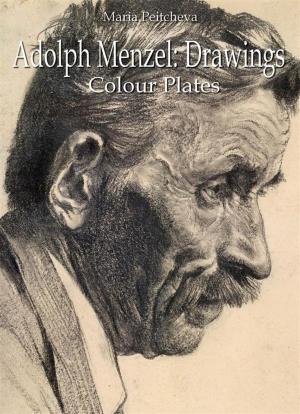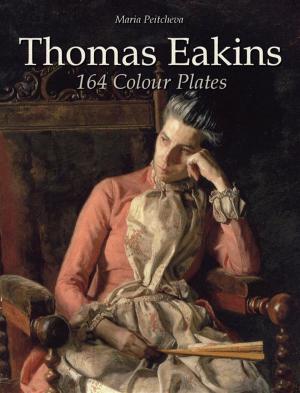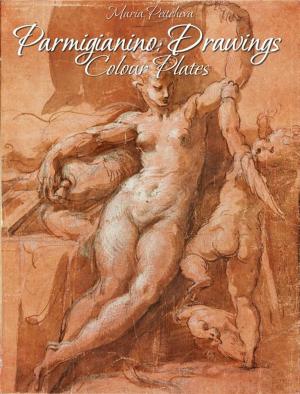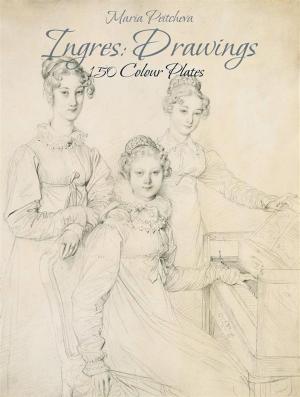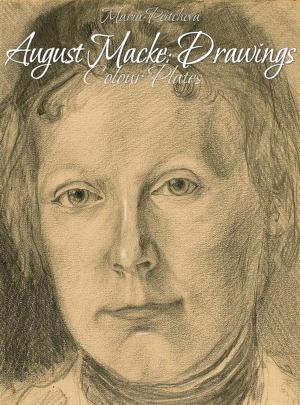Vereshchagin Drawings: Colour Plates
Nonfiction, Home & Garden, Crafts & Hobbies, Art Technique, Drawing, Art & Architecture, General Art| Author: | Maria Peitcheva | ISBN: | 9786050427141 |
| Publisher: | Maria Peitcheva | Publication: | April 29, 2016 |
| Imprint: | Language: | English |
| Author: | Maria Peitcheva |
| ISBN: | 9786050427141 |
| Publisher: | Maria Peitcheva |
| Publication: | April 29, 2016 |
| Imprint: | |
| Language: | English |
Vasily Vasilyevich Vereshchagin was one of the most famous Russian war artists and one of the first Russian artists to be widely recognized abroad. The graphic nature of his realist scenes led many of them to never be printed or exhibited. Vereshchagin graduated first in the list at the naval school, but left the service immediately to begin the study of drawing in earnest. He was an indefatigable traveler, returning to St. Petersburg in late 1868, to Paris in 1869, back to St. Petersburg later in the year, and then back to Turkestan at the end 1869 via Siberia. In 1871, he established an atelier in Munich, and made a solo exhibition of his works at the Crystal Palace in London in 1873. In late 1874, he departed for an extensive tour of the Himalayas, India and in 1901, he visited the Philippines, in 1902 the United States and Cuba, and in 1903, Japan. Vereshchagin's last work was a picture of a council of war presided over by Admiral Makarov.
Vasily Vasilyevich Vereshchagin was one of the most famous Russian war artists and one of the first Russian artists to be widely recognized abroad. The graphic nature of his realist scenes led many of them to never be printed or exhibited. Vereshchagin graduated first in the list at the naval school, but left the service immediately to begin the study of drawing in earnest. He was an indefatigable traveler, returning to St. Petersburg in late 1868, to Paris in 1869, back to St. Petersburg later in the year, and then back to Turkestan at the end 1869 via Siberia. In 1871, he established an atelier in Munich, and made a solo exhibition of his works at the Crystal Palace in London in 1873. In late 1874, he departed for an extensive tour of the Himalayas, India and in 1901, he visited the Philippines, in 1902 the United States and Cuba, and in 1903, Japan. Vereshchagin's last work was a picture of a council of war presided over by Admiral Makarov.

